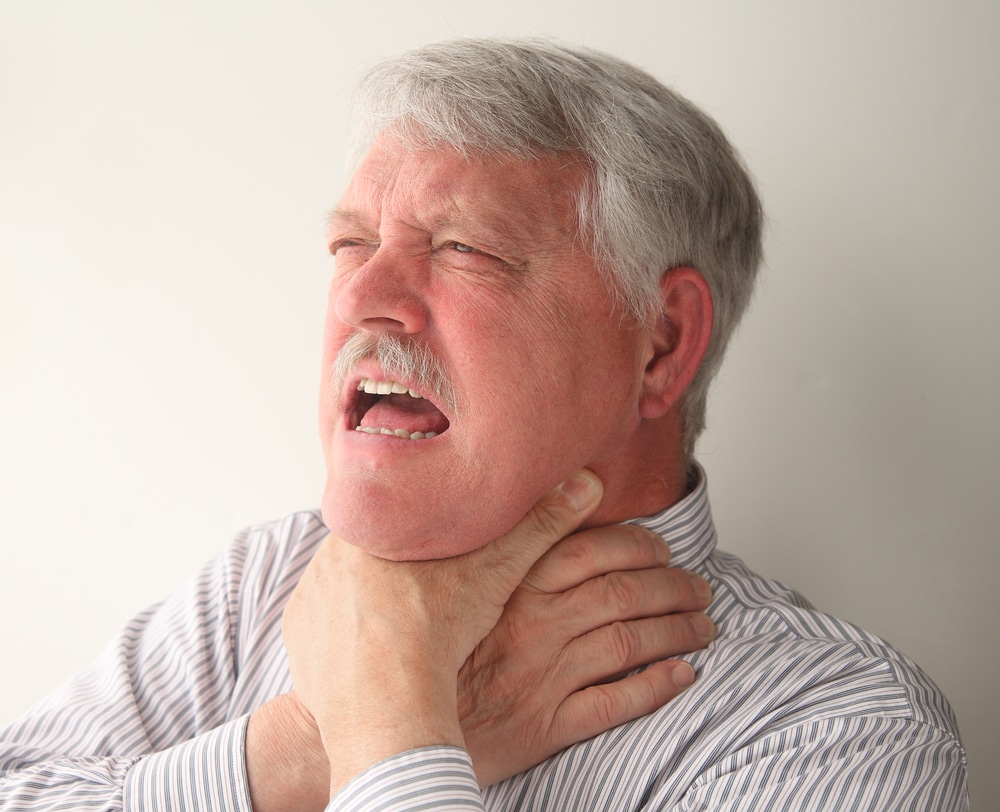You can expect to dedicate about 4 hours for a typical CPR certification course. That might not seem like much time, but learning CPR is a reasonably straightforward process if you pay attention. Just remember that CPR is more than likely not the only lifesaving practice you’ll be learning in class. Be prepared for a variety of exercises.
CPR might be the most well-known lifesaving technique, but it’s far from the only one. In a typical CPR course, you’ll also learn critical skills such as recognizing the signs of a medical emergency, helping someone who is choking, using an AED, and more. There are many ways to save a life.
[bctt tweet=”What skills will your upcoming CPR class teach you? Find out and get ready here.” via=”no”]
CPR
This one goes without saying. Your instructor will show you how to properly perform CPR through chest compressions and artificial respiration. Depending on how specialized your class is, you might also learn differing CPR techniques for adults, infants, and children. Remember that CPR is often the first emergency medical care an at-risk person will receive in an emergency! Pay attention.
Watch the Signs
When someone’s heart stops or they begin to experience a medical emergency, you can often pick up on external signs that something is wrong. For instance, you may notice someone nearby clutching at their chest as if in pain and gasping–two symptoms of a heart attack. The instructors will show you in more detail how to recognize different types of medical emergencies and how to respond.
Pro Tip: All the medical training in the world can’t help you much unless you recognize the external signs of an emergency. Know what a stroke, heart attack, choking incident, or other crisis looks like from the outside.
Help with Choking
Choking is an alarmingly common medical incident. Fortunately, helping a choking victim requires about the same effort as CPR and is easily added on to most medical classes. Your class will also show you differing techniques for helping someone who’s choking. For instance, while the famous Heimlich maneuver is indeed very effective, you don’t want to do it on a pregnant woman! Different circumstances require different types of help.
Using an AED
An AED, or automated external defibrillator, is one of the most life-saving pieces of medical equipment most laypeople will use. The device functions like a scaled-down version of the larger defibrillators in hospitals, with sticky pads instead of bulky paddles. An AED is frequently used and taught in conjunction with CPR to increase the victim’s chance of survival. While CPR and first aid in general increase the likelihood of living, an AED can more than double the chances! You will likely get to test one of these crucial machines in your class.
Recovery Position
Finally, you’ll probably also get to practice the recovery position. This position helps keep an unconscious but still breathing victim safe from further injury while keeping the airway and spine straight. Since it’s often advised to put victims in the recovery position while you wait for an ambulance, take care to learn how to do so properly.
The Importance of Life Support Training
You can never predict a medical emergency. Fortunately, CPR and first aid training will ensure you’re fully equipped to help anyone who needs it. Don’t delay this class or brush it off as unnecessary! You may just have to save a life someday.
Ready to register for an upcoming course? Connect with us to view our class schedule and content.





